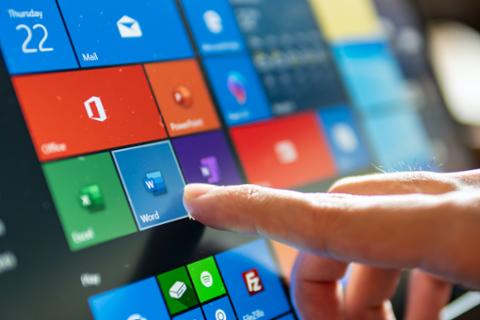When the COVID-19 lockdowns began earlier this year, a group of data scientists and other technologists at Microsoft decided to conduct a little experiment: They would monitor their colleagues’ work patterns to see how they adapted to their new, primarily work-from-home environment. This data would be supplemented by anonymous sentiment surveys.
“For this research, we measured collaboration patterns across our 350-person Modern Workplace Transformation team, based largely in the U.S., as well as other groups within Microsoft,” this group wrote in a new article for the Harvard Business Review. “We looked weekly at areas such as work-life balance and collaboration by analyzing aggregated, de-identified email, calendar, and IM metadata; comparing it with metadata from a prior time period; and inviting colleagues to share their thoughts and feelings.”
But what did the group actually find? For starters, Microsoft employees worked four more hours a week, on average: “Employees said they were carving out pockets of personal time to care for children, grab some fresh air or exercise, and walk the dog. To accommodate these breaks, people were likely signing into work earlier and signing off later.”
Other workday habits changed radically. For instance, although employees held more meetings, those meetings shortened in average length, with 11 percent fewer meetings of more than one hour; half-hour meetings increased by 22 percent.
Managers also stepped up, holding more one-on-ones with employees. That increased communication (and collaboration) translated into fewer working hours for employees. And it wasn’t just managers: craving connection, employees set up virtual social meetings to keep in touch with one another. “We also measured networks across more than 90,000 Microsoft employees in the United States,” the report added. “Frankly, we expected to see them shrink significantly, given the rapid shifts in environment, daytime rhythms, and personal responsibilities. Instead, we discovered that most employees maintained their existing connections.”
The bottom line: When confronted with sudden, seismic change, employees are flexible. A new “night shift” emerged as they devoted more hours during the day to handling personal responsibilities, such as homeschooling. Weekends were no longer off-limits when it came to collaboration and work, and more people spent their “lunch hours” instant-messaging with colleagues, suggesting an unending workflow.
For the past few months, Dice’s ongoing Sentiment Survey has found that technologists really like how remote work saves them money (particularly on commuting) and boosts their productivity. However, a significant percentage also feel there are downsides, including distractions, working more hours, and increased difficulties in developing and maintaining working relationships with colleagues. No matter when the COVID-19 pandemic finally ends, they would also prefer more flexible schedules going forward; as opposed to heading into an office every day, many would like to split their time between office and remote work. In the meantime, managing workloads while working remotely remains a core issue for businesses to tackle.
Visit our COVID-19 Resource Center, which aims to provide the tech community with the best, most up-to-date information on the novel coronavirus.



